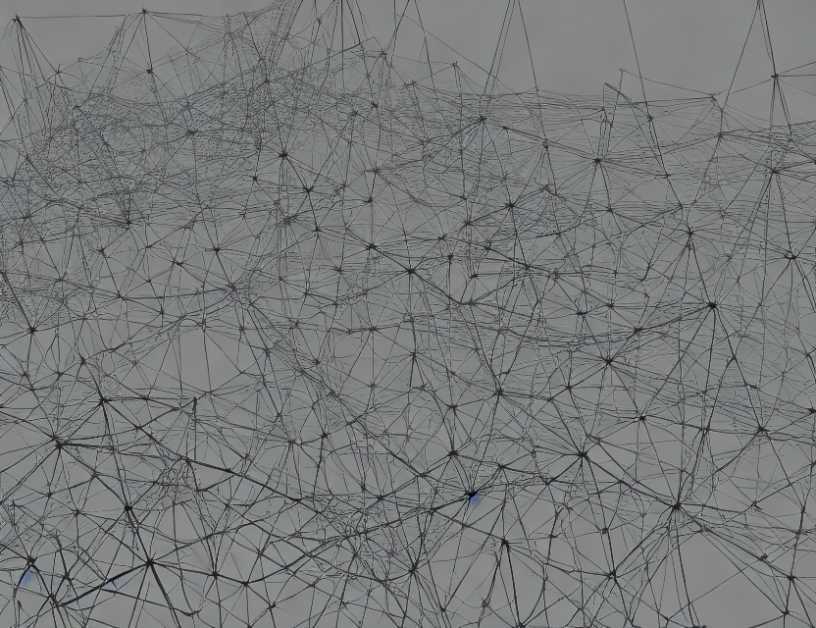Understanding Mathematical Expression Recognition Systems
Mathematical expression recognition systems are crucial for various applications, including online handwritten mathematical expression recognition. These systems aim to recognize and interpret mathematical expressions written by hand, which can be challenging due to variations in writing styles, errors, and complexities. To address these issues, researchers have proposed end-to-end methods that utilize deep neural networks with attention mechanisms, such as convolutional neural networks (CNNs) and recurrent neural networks (RNNs).
Coarse-to-Fine Attention Layer: One of the key innovations in mathematical expression recognition is the coarse-to-fine attention layer. This layer reduces the inference complexity by processing the input expression in a hierarchical manner, starting from the most general symbols and gradually focusing on the specific details. This approach enables the model to capture both local and global contexts, leading to improved accuracy.
Multi-Scale Attention Mechanism: Another important aspect of mathematical expression recognition is the use of a multi-scale attention mechanism. This mechanism allows the model to focus on different scales of symbols, enabling it to recognize and interpret expressions with varying levels of complexity. By using different attention mechanisms, the model can capture both local and global contexts, leading to improved accuracy.
Despite these innovations, mathematical expression recognition systems still face challenges when dealing with semantically-correlated symbols. For instance, in some cases, the same symbol can have different meanings depending on its context, making it difficult for the model to accurately interpret the expression. To address this issue, researchers are exploring new approaches that incorporate linguistic knowledge and use of external resources.
Linguistic Knowledge: Linguistic knowledge can be used to improve mathematical expression recognition systems by providing context-specific information about symbols and their meanings. For instance, in some cases, the same symbol can have different meanings depending on its context, making it difficult for the model to accurately interpret the expression. By incorporating linguistic knowledge, the model can better understand the meaning of symbols based on their context, leading to improved accuracy.
External Resources: External resources such as dictionaries and thesauri can also be used to improve mathematical expression recognition systems. These resources provide detailed information about symbols and their meanings, enabling the model to better interpret expressions. By leveraging these resources, the model can improve its accuracy and ability to recognize complex expressions.
Conclusion: In summary, mathematical expression recognition systems have evolved significantly in recent years due to advances in deep learning techniques and attention mechanisms. These innovations enable the models to capture both local and global contexts, leading to improved accuracy. However, challenges still remain, particularly when dealing with semantically-correlated symbols. By incorporating linguistic knowledge and using external resources, researchers are exploring new approaches that can further improve mathematical expression recognition systems.
Computer Science, Computer Vision and Pattern Recognition
Mathematical Expression Recognition: A Survey of Approaches and Techniques



